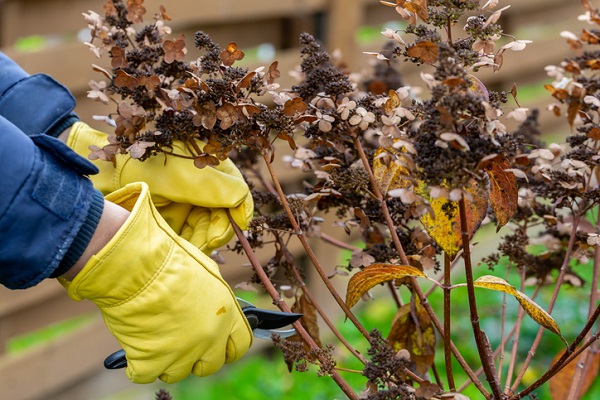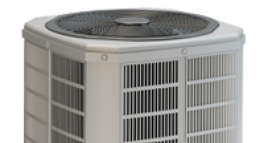Some trees, shrubs, and plants are just about ready for fall pruning. But not all plants require you to prune them in the fall. Here are some do’s and don’ts for your fall pruning to give your plants a head start for next year.
What You’ll Need
- Handheld pruning shears for smaller branches
- Two-handed pruning shears or a Sawzall/chainsaw for larger branches
- Work gloves
- Long-sleeved shirt
- Big garbage bag for disposal
DON’T Prune Everything
Most plants don’t need to be pruned in the fall. Generally, the best fall pruning tip is: Don’t.
The reason is that lots of times, pruning plants encourages the pruned plant to start growing even more. So, pruning a plant in the fall could encourage it to start growing just in time for winter, which can harm the plant, make it susceptible to disease, or even kill it.
Instead, focus on pruning branches that are obviously dead, and save most of your pruning for early spring.
DO Prune Dead Branches and Foliage
Now is a good time to start pruning any dead branches you see on your trees, shrubs, and plants. If there’s no growth on the limb and the branch looks brittle, it’s likely dead.
There are two important things to do when pruning dead branches from trees:
- Cut the branch about 2 to 4 inches from the trunk, as this will prevent you from cutting into the collar, which is an extension of the trunk.
- Make your cut as flat as possible to avoid tears, which could cause disease.
When pruning dead shrub branches, here are two things to do:
- Trace dead branches to the stem/truck and cut them out close to the stem
- Cut out up to one-third of the shrub, if necessary, to remove as much deadwood as possible.
Pruning dead branches can help you reduce damage and disease to the plant, cut down on yard waste that can clog A/C units and gutters, and avoid weather-related damage.
DON’T Prune When It’s Wet or Cold
Pruning during damp or cold (lower than freezing) weather can expose your trees, shrubs, and plants to diseases and make it more difficult for them to heal the wounds from pruning.
Additionally, pruning in the cold can cause branches to snap. This could harm both the plant and you if the branch snaps unexpectedly.
DO Wash Your Tools Often
It’s a smart idea to rinse off your pruning tools between each plant you prune, especially if your plants show signs of disease like powdery mildew. This helps reduce the spread of microbes and diseases.
Cleaning your tools is as easy as wiping the blades down with 70% rubbing alcohol, letting them dry about for 30 to 60 seconds, and then reusing them.
DON’T Trim Bushes
It might be tempting to trim and shape your bushes in the fall, but if you can, try to avoid it. Trimming your shrubs and bushes in the fall can expose them to the cold, which can harm the entire plant.
Unless you notice dead patches, let any branches you planned to trim act as insulation over the winter. Then, in the spring, you can shape or trim them as needed.
DO Stay Prepared

Extreme weather is becoming more common, which could make it harder to predict when to begin your fall pruning. Take advantage of days with good weather by removing dead branches to avoid bigger problems down the road.
In addition to getting your plants ready for winter, make sure your home is ready too! A Home Service Plan (aka home warranty) from 2-10 Home Buyers Warranty (2-10) can protect important things like your furnace against the big costs of breakdowns.









